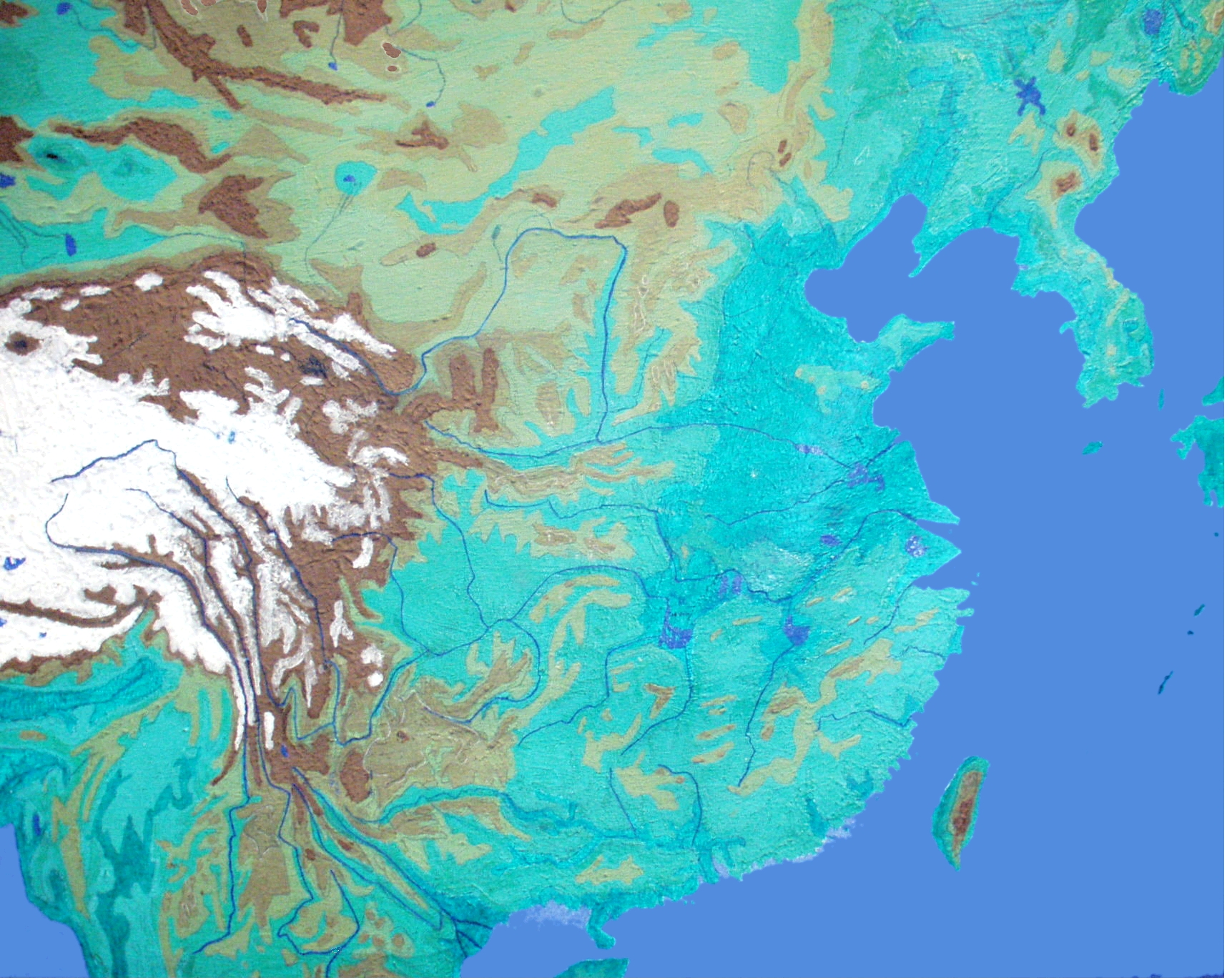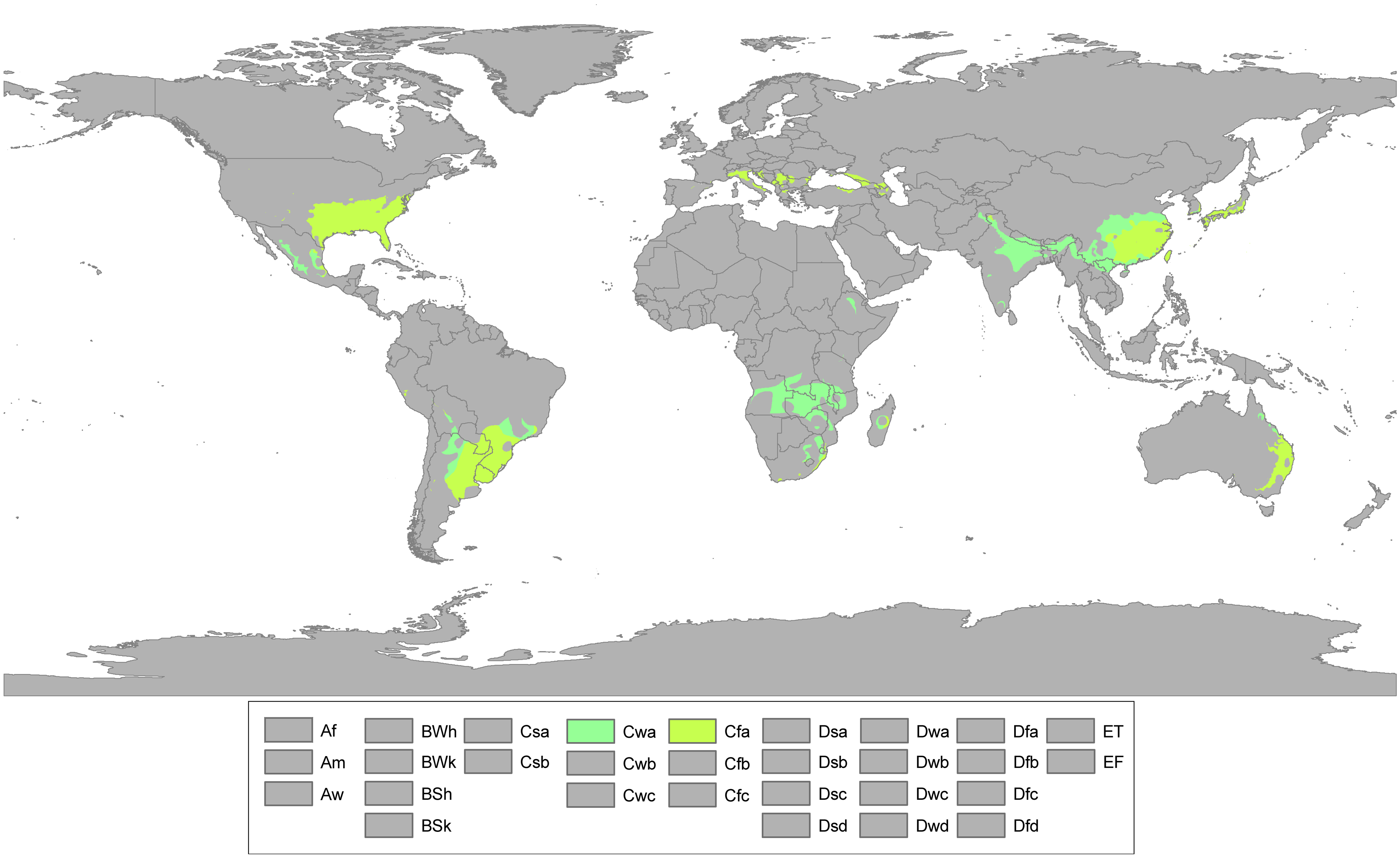|
Pukou
Pukou District (), is one of 11 districts of Nanjing, the capital of Jiangsu province, China, lying northwest across the Yangtze River from downtown Nanjing. The district was formerly the southern terminus of the Tianjin-Pukou Railway; railcars had to be ferried across the river until it was bridged in 1968. Administrative subdivisions Pukou has administrative jurisdiction to 9 subdistricts: * Defunct - Shiqiao Town () merged with Shiqiao Town () & Wujiang Town () merged into Qiaolin Subdistrict Geography Pukou District is located at the northwestern of Nanjing city, between the Yangtze River and Chu River. It is separated from the main part of the city by the Yangtze River with hundred miles of mountains and forests. It has an area of 902 square kilometers with a population of 480 thousand. Climate Pukou District has a humid subtropical climate (Köppen climate classification The Köppen climate classification is one of the most widely used climate classificat ... [...More Info...] [...Related Items...] OR: [Wikipedia] [Google] [Baidu] |
Nanjing
Nanjing (; , Mandarin pronunciation: ), Postal Map Romanization, alternately romanized as Nanking, is the capital of Jiangsu Provinces of China, province of the China, People's Republic of China. It is a sub-provincial city, a megacity, and the List of cities in China by population, second largest city in the East China region. The city has 11 districts, an administrative area of , and a total recorded population of 9,314,685 . Situated in the Yangtze River Delta region, Nanjing has a prominent place in Chinese history and Chinese culture, culture, having served as the historical capitals of China, capital of various Dynasties in Chinese history, Chinese dynasties, kingdoms and republican governments dating from the 3rd century to 1949, and has thus long been a major center of culture, education, research, politics, economy, transport networks and tourism, being the home to Port of Nanjing, one of the world's largest inland ports. The city is also one of the fifteen sub-provin ... [...More Info...] [...Related Items...] OR: [Wikipedia] [Google] [Baidu] |
Yongning Subdistrict, Nanjing
Yongning Subdistrict () is a subdistrict in Pukou District, Nanjing, Jiangsu, China. , it has 8 residential communities and 3 villages under its administration. See also * List of township-level divisions of Jiangsu This is a list of township-level divisions of the province of Jiangsu, People's Republic of China (PRC). After province, prefecture, and county-level divisions, township-level divisions constitute the formal fourth-level administrative divis ... References Township-level divisions of Jiangsu Geography of Nanjing {{Jiangsu-geo-stub ... [...More Info...] [...Related Items...] OR: [Wikipedia] [Google] [Baidu] |
Taishan Subdistrict, Nanjing
Taishan Subdistrict () is a subdistrict in Pukou District, Nanjing, Jiangsu, China. , it has 15 residential communities and one village under its administration. See also * List of township-level divisions of Jiangsu This is a list of township-level divisions of the province of Jiangsu, People's Republic of China (PRC). After province, prefecture, and county-level divisions, township-level divisions constitute the formal fourth-level administrative divis ... References Township-level divisions of Jiangsu Geography of Nanjing {{Jiangsu-geo-stub ... [...More Info...] [...Related Items...] OR: [Wikipedia] [Google] [Baidu] |
Yangtze River
The Yangtze or Yangzi ( or ; ) is the longest river in Asia, the third-longest in the world, and the longest in the world to flow entirely within one country. It rises at Jari Hill in the Tanggula Mountains (Tibetan Plateau) and flows in a generally easterly direction to the East China Sea. It is the seventh-largest river by discharge volume in the world. Its drainage basin comprises one-fifth of the land area of China, and is home to nearly one-third of the country's population. The Yangtze has played a major role in the history, culture, and economy of China. For thousands of years, the river has been used for water, irrigation, sanitation, transportation, industry, boundary-marking, and war. The prosperous Yangtze Delta generates as much as 20% of China's GDP. The Three Gorges Dam on the Yangtze is the largest hydro-electric power station in the world that is in use. In mid-2014, the Chinese government announced it was building a multi-tier transport netw ... [...More Info...] [...Related Items...] OR: [Wikipedia] [Google] [Baidu] |
District (China)
The term ''district'', in the context of China, is used to refer to several unrelated political divisions in both ancient and modern China. In the modern context, district (), formally city-governed district, city-controlled district, or municipal district (), are subdivisions of a municipality or a prefecture-level city. The rank of a district derives from the rank of its city. Districts of a municipality are prefecture-level; districts of a sub-provincial city are sub-prefecture-level; and districts of a prefecture-level city are county-level. The term was also formerly used to refer to obsolete county-controlled districts (also known as district public office). However, if the word ''district'' is encountered in the context of ancient Chinese history, then it is a translation for '' xian'', another type of administrative division in China. Before the 1980s, cities in China were administrative divisions containing mostly urban, built-up areas, with very little farmla ... [...More Info...] [...Related Items...] OR: [Wikipedia] [Google] [Baidu] |
Köppen Climate Classification
The Köppen climate classification is one of the most widely used climate classification systems. It was first published by German-Russian climatologist Wladimir Köppen (1846–1940) in 1884, with several later modifications by Köppen, notably in 1918 and 1936. Later, the climatologist Rudolf Geiger (1894–1981) introduced some changes to the classification system, which is thus sometimes called the Köppen–Geiger climate classification system. The Köppen climate classification divides climates into five main climate groups, with each group being divided based on seasonal precipitation and temperature patterns. The five main groups are ''A'' (tropical), ''B'' (arid), ''C'' (temperate), ''D'' (continental), and ''E'' (polar). Each group and subgroup is represented by a letter. All climates are assigned a main group (the first letter). All climates except for those in the ''E'' group are assigned a seasonal precipitation subgroup (the second letter). For example, ''Af'' i ... [...More Info...] [...Related Items...] OR: [Wikipedia] [Google] [Baidu] |
Humid Subtropical Climate
A humid subtropical climate is a zone of climate characterized by hot and humid summers, and cool to mild winters. These climates normally lie on the southeast side of all continents (except Antarctica), generally between latitudes 25° and 40° and are located poleward from adjacent tropical climates. It is also known as warm temperate climate in some climate classifications. Under the Köppen climate classification, ''Cfa'' and ''Cwa'' climates are either described as humid subtropical climates or warm temperate climates. This climate features mean temperature in the coldest month between (or ) and and mean temperature in the warmest month or higher. However, while some climatologists have opted to describe this climate type as a "humid subtropical climate", Köppen himself never used this term. The humid subtropical climate classification was officially created under the Trewartha climate classification. In this classification, climates are termed humid subtropical when ... [...More Info...] [...Related Items...] OR: [Wikipedia] [Google] [Baidu] |



